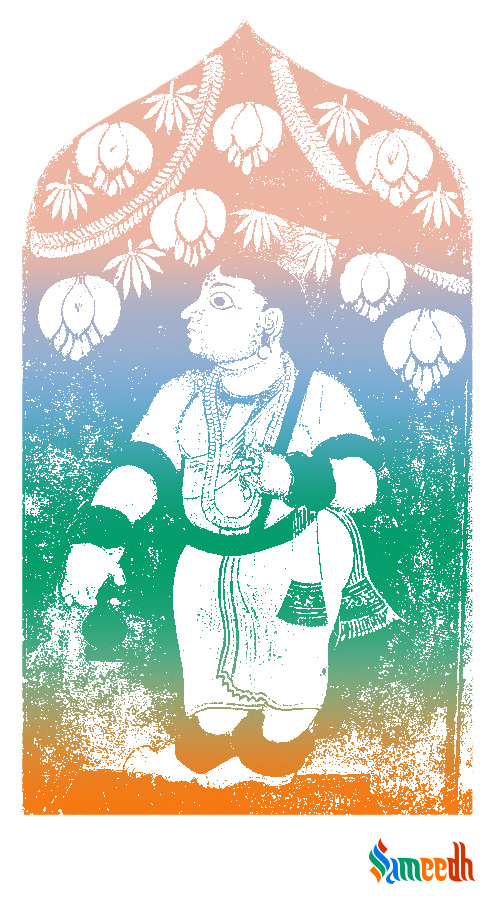The fifth incarnation of the god of preservation in Hinduism.

Vaaman is the fifth out of the ten Reincarnations of lord Vishnu. Vishnu is the deity of preservation and protection according to Hinduism. Along with lord Shiv and Brahma, they pose as the holy trinity. Vishnu strikes a balance between the creator and destroyer by preserving and protecting the quotient of good. Vishnu had taken 10 manifestations or Reincarnations to keep dharma or religion stable and intact. The Dashavatar or ten reincarnations came into existence to put an end to evil deeds and destroy negative entities to protect all beings. With his various avatars, Krishna aimed to guide the traits of righteousness and justice. Vaaman or the dwarf can be noted as evidence in the references of the religious texts such as Vedas and Puranas in Hinduism.
ORIGIN AND PHYSICAL FORM
Dwarf, small or of short stature is the translation for Vaaman who is also known as Trivikrama or the one with three steps, one of the major traits of his existence.
King Bali, also referred to as Mahabali was the chief of Asuras, meaning demons. Upon completion of Samudra Manthan where the entire ocean was churned, where another form of Vishnu, Kurma the turtle, had saved the world, the gods became extremely strong. They went on defeating demon kingdoms, amongst which one was that of Bali’s. This encouraged king Bali to head to a powerful saint, Rishi Shukracharya and pray for resources to get stronger and wealthy. The saint advised Bali to keep performing various rituals or poojas as a devotional process to gain certain powers and fulfil his wishes. He was firstly granted a golden chariot which was pulled by four strong horses that ran at an incredibly fast pace. Another token as a gift was a quiver and multiple arrows, a flag post that was engraved with a lion’s head and a celestial armour to protect his body. Additionally, he also received a garland of flowers and a conch shell for battle cry that emitted loud, powerful vibrations to scare the enemies right from the start. The strengths of the leader of Asuras made their win come naturally. The arrogant king succeeded to defeat the army of gods and upon doing so, presided over the world without any worries. His powers became a menace for everyone and after a point, all headed to lord Vishnu for his divine help.
That is when Vishnu took the form of Vaaman as a Brahmin and entered a ritual or Yagna that Bali was performing. The arrogant king asked his audience to request anything that they wanted and he would be able to provide them with it from his immense treasures and with his authority. The dwarf was the one who asked Bali for mere three steps of land. This humoured Bali, who was in possession of a great kingdom and he easily granted it, unaware of how much land the dwarf was going to cover. The mighty being got converted into a giant creature. He stood on the entire surface of Earth right in his first step. He next walked on the land lying between the skies of heaven and Earth. Bali suddenly realized his mistake and knew his pleas would not be heard. Filled with guilt and embarrassment, he bowed his own head to be conquered in humility, knowing well it would result in his death. The Vaaman did so vanquishing the king, only after revealing his form as Vishnu and giving Bali the entire hell or Pataal Lok to rule over.
ONAM
South Indians celebrate the famous festival of Onam to embark this day when good prevailed over evil. The legend is such that worshippers in Kerala till date stand by the claims of Mahabali visiting the pious land each year on this festival as a sign of his submission to the supreme powers, expressing devotion.
